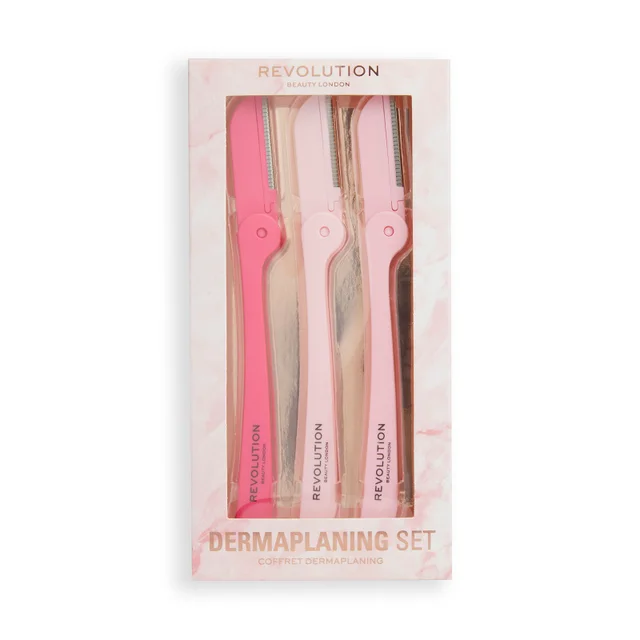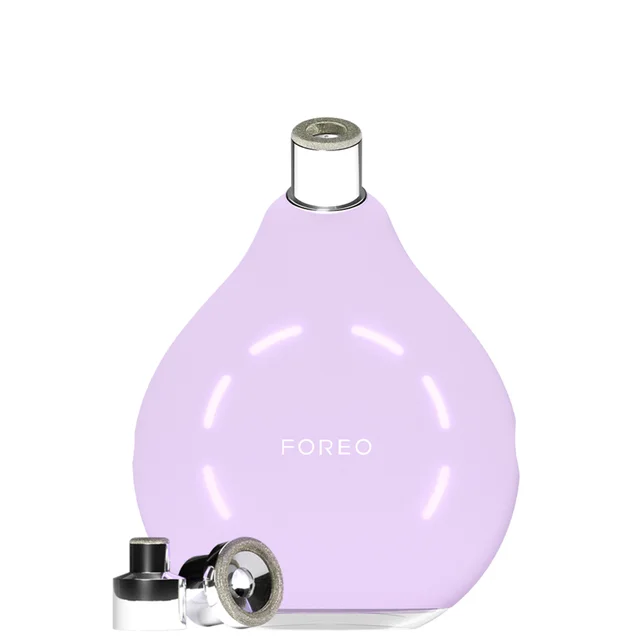Get ready to glow like never before with our must-have dermaplaning treasures!
Say hello to smooth skin with top brands like Tweezerman, Stila, and Magnitone, because who doesn’t want that fresh, fuzz-free look?
These dermaplaning tools are crafted just for you, turning your routine into a luxe treat. Whether you’re prepping for a night out with a dermaplaning facial or craving that clean-faced vibe, we’ve got the dermaplaning razors to make you feel amazing.
Jump into the ultimate skin boost and find your perfect dermaplaning match. Your face deserves this special care!







